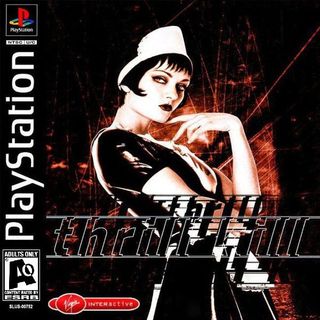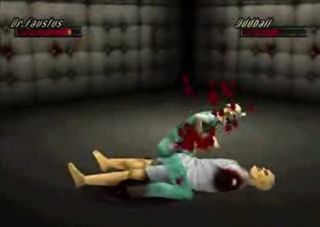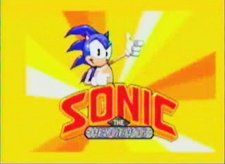Thrill Kill

What could have been: In the tail-end of the late-'90s fighting-game arms race, Virgin Interactive would up the ante with Thrill Kill: instead of two fighters, you could have four! And instead of generic grimness, you were in Hell! And instead of not being great, the game would be absolutely godawful!

That doesn't sound so bad... After being shitcanned, the game leaked onto the Internet. There, its surface elements (sadism, dick jokes) were dissected by a public eager for a glimpse of what they were missing, and equally eager to avoid the fact that actually playing the game was itself a mild form of torture.

What happened? Virgin got bought by EA, who promptly announced their refusal to be associated with such rubbish. In a reminder that sometimes “faceless corporate meddling” equals “sensible decisions,” the company refused to sell Thrill Kill to the public – or anyone willing to release it.

The legacy: The engine behind Thrill Kill was licensed to Activision, who used it for the Shaolin brawler Wu-Tang: Taste the Pain. With the violence removed – and the gameplay tweaked – the game still wouldn't sell, even under a license that had won unjustified success for everything from Rap Snacks fried-tater treats to the second Raekwon album.
Super Mario's Wacky Worlds

What could have been: During Nintendo's flirtation with Philips, someone suggested putting together CD-i versions of a few SNES games. “Shucks,” said Novalogic, “why don't we just do a CD sequel to Mario World, set on Earth?”
That doesn't sound so bad... It certainly didn't fail for lack of effort. Developers worked 24-hour days for two weeks on a demo, patching in graphics and sound from a video of Mario World. Wacky Worlds amounted to an early Mario fan-game – albeit one intended for sale as a canonical title.

What happened? Have you ever played a Mario fan-game? There's a reason these things don't usually go pro. By all accounts, Novalogic's work was impressive, but with CD-i sales dwindling and development funds routed to other projects, the game never eventuated.

The legacy: It would be disingenuous to say the quality of the Mario IP wasn't diluted during the SNES era – witness Mario is Missing or Hotel Mario. But a bona-fide sequel to Mario World, on hardware never even designed to handle sprites? Fortunately, the real games stayed in-house.
Sonic-16

What could have been: While Sonic 3 was in development, a few clever-clogs at Sega Technical Institute developed the demo for a new-look Sonic game with slower action, redesigned oversized graphics, plot and characters based on the popular Saturday morning cartoon, and 3D elements.
That doesn't sound so bad... Unless you take into account that the things blighting later Sonic games were slower action, an overemphasis on graphical pizzaz, plot and characters that seem to have come from a Saturday morning cartoon, and the failure to translate to 3D.
What happened? Sonic Team head Yuji Naka put the kibosh on the project, setting in motion the long and tortuous saga of the game that would become Sonic Mars, then Sonic Saturn, then Sonic X-Treme, then cancelled – by which time we had plenty of other 3D Sonic titles to feel apprehensive about.
The legacy: Sega Technical Institute shifted their energies back to Sonic Spinball – which, at time of release, had the honor of being the only Sonic game audiences weren't so hot on. They were trailblazers, really.
